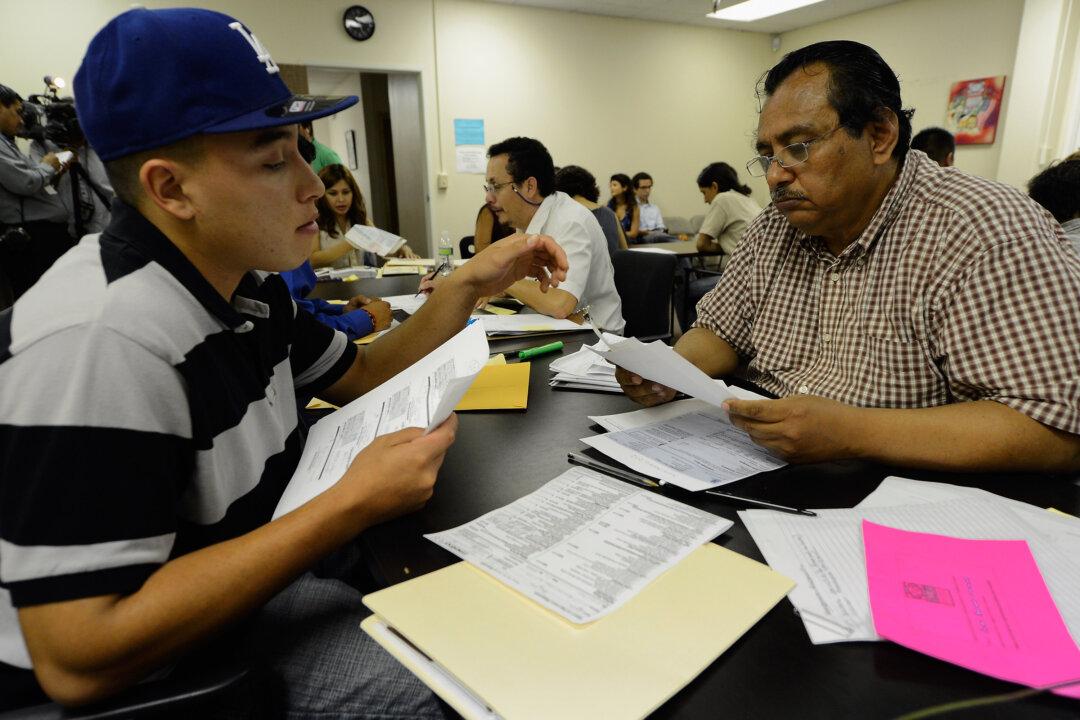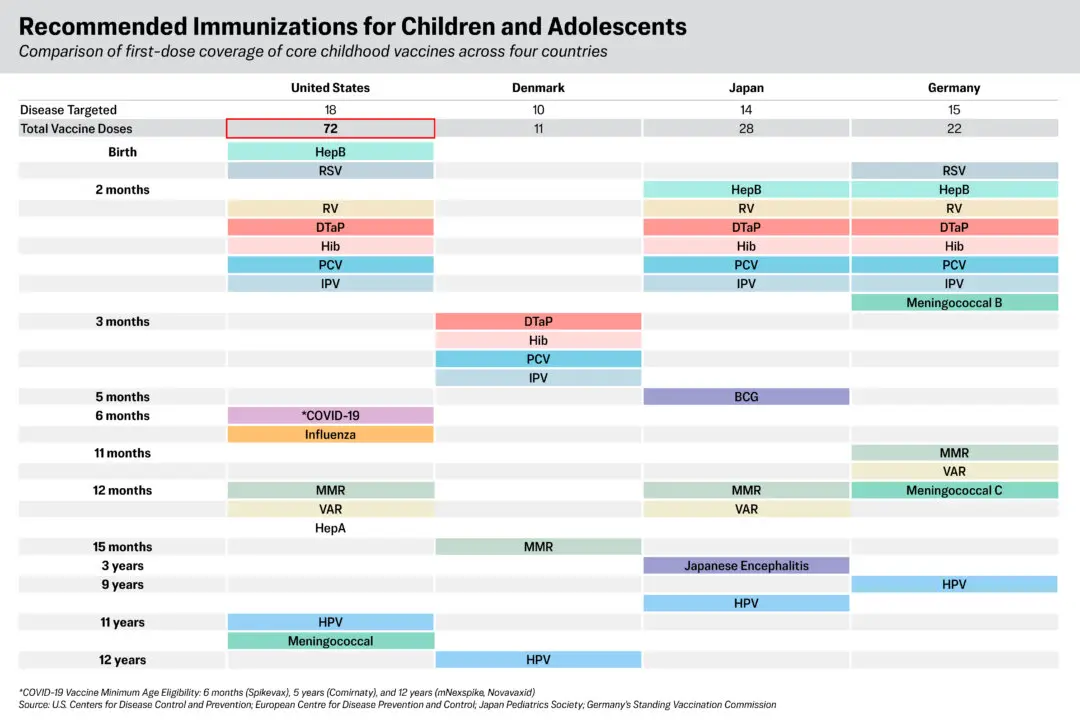Noncitizens, including legal and illegal, use nearly twice as much welfare as native-born Americans, according to a study.
Out of households headed by noncitizens, 63 percent use some kind of welfare program, compared to 35 percent of houses headed by native-born Americans, the Center for Immigration Studies said, citing the Census Bureau’s Survey of Income and Program Participation in 2014.





